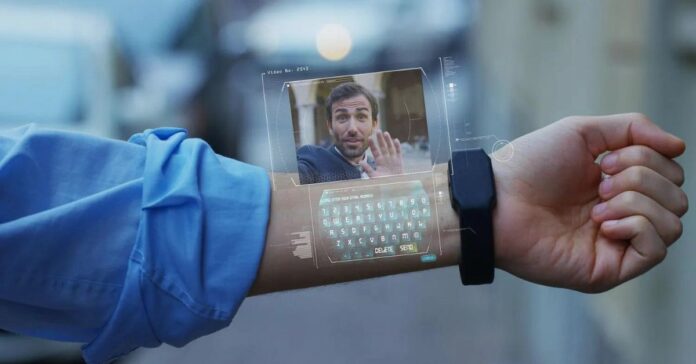Prologue to Wearable Innovation in Design
Lately, wearable innovation has arisen as an extraordinary power in the style business. With developments going from smartwatches and wellness trackers to brilliant dresses and increased reality glasses, innovation has been flawlessly entwined with design, offering purchasers an exciting mix of style and usefulness.
The beginnings of wearable technology can be traced all the way back to early experiments with digital accessories and calculator watches. These simple gadgets laid the basis for additional refined advancements but with restricted capacities.
Present day Advances
Quick forward to the current day, and wearable innovation has gone through a beautiful development. The presentation of brilliant textures, implanted sensors, and remote networks has altered the manner in which we connect with our apparel. From articles of clothing that screen indispensable signs to embellishments that convey warnings, the conceivable outcomes are inestimable.
Effect of Wearable Innovation on Design
Upgraded Personalization
One of the main effects of wearable innovation is its capacity to customize the design insight. With information-driven bits of knowledge and adjustable elements, customers can fit their apparel decisions to suit their singular inclinations and way of life.
Coordination of Tech and Design
Wearable innovation has obscured the lines between design and usefulness, leading to another period of “tech couture.” From planner joint efforts to tech-implanted runway shows, design brands are embracing development to remain significant in a quickly advancing scene.
The Role of Wearable Technology in Maintainable Design
Eco-Accommodating Materials
As maintainability turns into a point of convergence in the design business, wearable innovation offers a promising arrangement. Makers are investigating eco-accommodating materials and creation strategies to limit the effects effect while constate-of-the-artthe art plans.
Recycling and Upcycling
Wearable technology also provides opportunities for existing materials to be recycled and upcycled. Designers can cut down on waste and create new, one-of-a-kind pieces that appeal to eco-conscious customers by repurposing old electronics and clothing.
Opportunities and Challenges
Privacy Concerns Despite its potential benefits, wearable technology raises legitimate concerns regarding data security and privacy. Protecting personal information and maintaining user trust are top priorities for both manufacturers and policymakers as devices become more interconnected.
Expansion of the Market
Despite the fact that wearable technology is still gaining traction, the market’s acceptance and affordability remain significant obstacles. Overcoming any withs among advancement and availability will be urgent in driving far and wide reception and opening open doors for development.
Do Read: Aiyifan TV: Best Changing Diversion
Stylish: Future Patterns
Computer-based intelligence Coordination
Looking forward, artificial consciousness (artificial intelligence) is ready to assume a critical part in molding the fate of wearable innovation. From prescient investigation to virtual styling associates, artificial intelligence-fueled arrangements can reform the design business and improve the shopper experience.
Virtual Try-On Experiences
Another emerging trend in wearable technology is virtual try-on experiences. Retailers can create immersive shopping experiences that bridge the digital and physical worlds by making use of augmented reality (AR) and virtual reality (VR) technologies.
Conclusion
In conclusion, the fashion industry has been profoundly altered by wearable technology, which provides new opportunities for personalization, sustainability, and innovation. The possibilities for fashion-forward designs that seamlessly combine style and functionality will also increase as technology continues to advance.
FAQs
How has wearable innovation affected purchaser conduct?
Wearable innovation has enabled purchasers to settle on additional educated conclusions about their design decisions, prompting expanded customization and commitment.
What are a few instances of wearable innovation in style?
Models incorporate smartwatches, wellness trackers, brilliant dresses with implanted sensors, and expanded reality glasses intended for style applications.
When it comes to the use of wearable technology, how important is sustainability?
Maintainability is turning out to be progressively significant in the design business, driving interest in eco-accommodating materials and creation techniques in wearable innovation.
What are the principal challenges confronting the wearable innovation market?
Protection concerns, market acknowledgment, and moderation are among the essential difficulties confronting the wearable innovation market as it tries to grow and advance.
What can we anticipate from wearable technology in fashion in the future?
The eventual fate of wearable innovation holds energizing prospects, including artificial intelligence combination, virtual take-a-stab at encounters, and proceeding with development in the economic plan.


